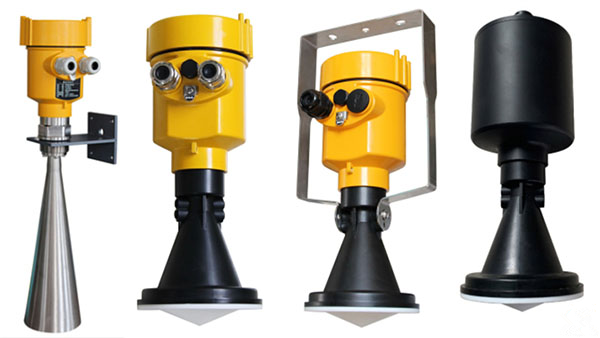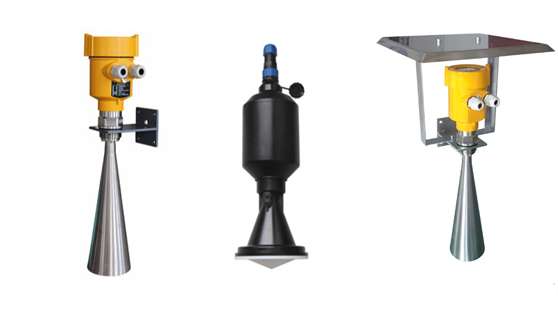As extreme weather events caused by climate change increase, accurate water level measurement becomes increasingly important. Radar water level gauge has become an important tool for modern water level monitoring due to its advantages of high precision and non-contact measurement.
However, during the rainy season, due to the variability of the environment, the use of radar water level meters requires special attention to the following key factors:

Environmental adaptability: Radar water level meters need to work stably in various climate conditions. Therefore, it is crucial to choose equipment that can adapt to high temperature and high humidity environments. During the rainy season, the amount of water vapor in the air increases, which may affect the electronic components of the device.
Therefore, when selecting equipment, ensure that it has good sealing performance and moisture-proof processing capabilities. Beam angle and measurement distance: The radar water level meter measures water level by emitting microwave signals, and its beam angle and measurement distance directly affect the accuracy of the measurement.
During the rainy season, rainfall may cause rapid changes in water level. At this time, a radar water level meter with a narrow beam angle and a long measurement distance should be selected to reduce measurement blind areas and improve measurement accuracy.

Interference factors: During the rainy season, large amounts of rainfall, floating objects and river surges may cause interference to radar water level meter measurements. Therefore, consideration should be given to avoiding these potential interferences during installation, such as selecting an appropriate installation height and location to ensure that the beam will not be blocked by floating objects.
At the same time, attention should also be paid to preventing the waterproof protection measures of the equipment from being damaged. Calibration and maintenance: In order to ensure the accuracy of measurement results, regular calibration of radar water level gauges is essential. Before the rainy season, the equipment should be fully inspected and calibrated to ensure that it meets factory standards.
At the same time, since rainwater may carry impurities such as sediment and sand, regularly cleaning the surface of the equipment and keeping the sensors clean are maintenance tasks that cannot be ignored.
Data recording and analysis: During the rainy season, water levels change frequently, and accurate recording of water level data is very important for analyzing and predicting future hydrological conditions. Radar water level gauges should be equipped with a reliable data recording system that can monitor and store water level data in real time for subsequent data analysis and decision support.

The rainy season puts higher requirements on the use of radar water level meters. We need to take reasonable measures based on the characteristics of the rainy season.
From selecting suitable equipment models to ensuring the stable operation of the equipment, every step needs to be carefully planned and implemented.
Through scientific methods and precise technology, we can ensure that the radar water level gauge plays its due role during the rainy season and provides accurate data support for water resources management.
